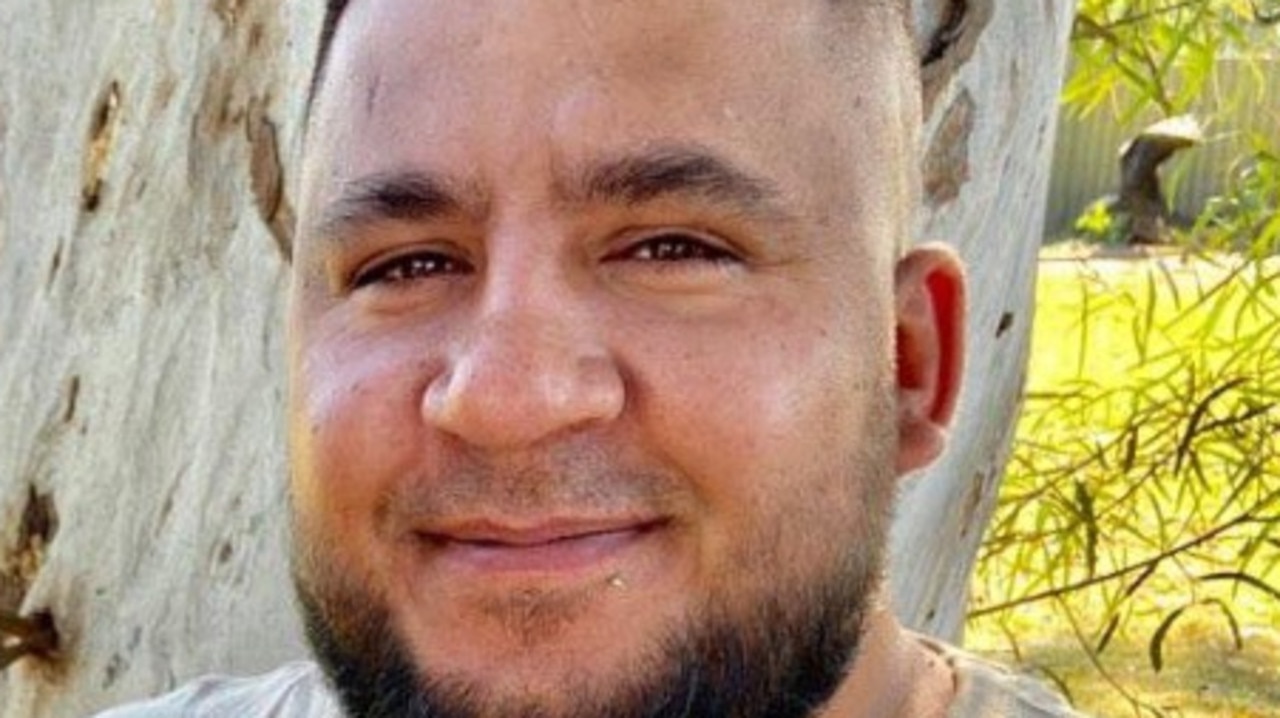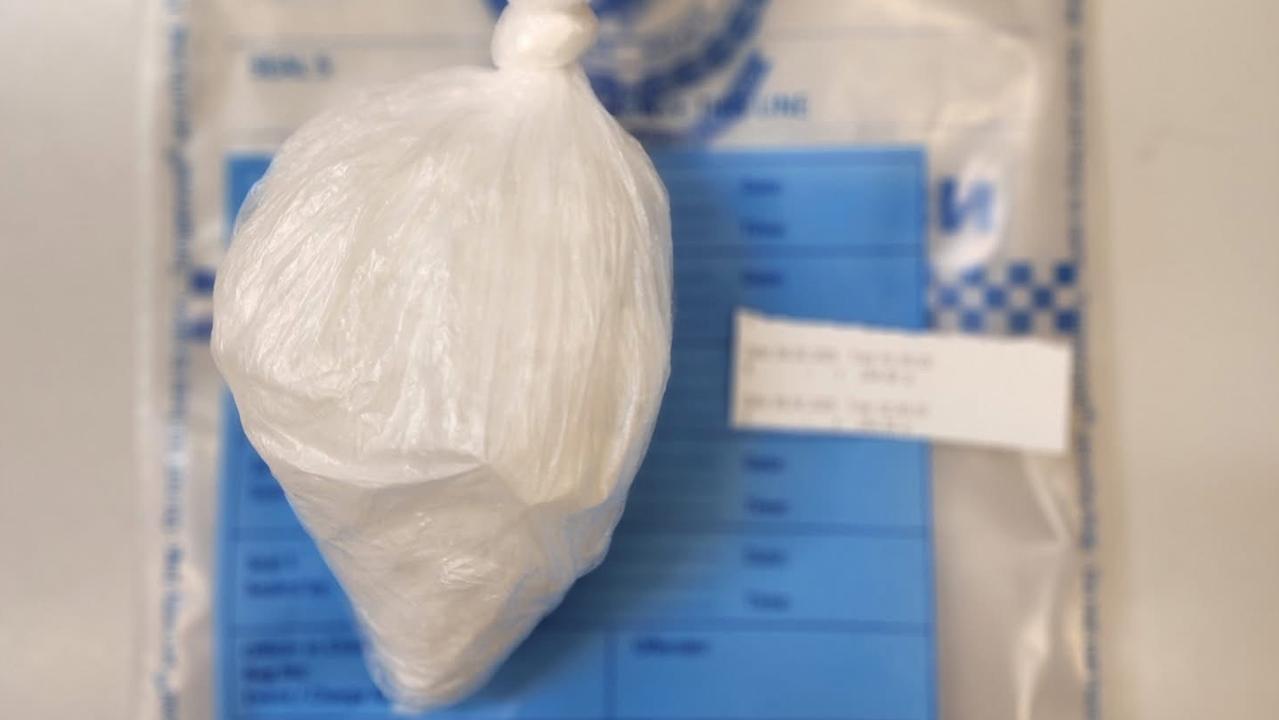Danielle Easey murder trial: autopsy revealed severe wounds
A forensic pathologist has given evidence about several horrific injuries which could have killed a young Hunter woman “on the spot” before her body was found dumped in a creek.
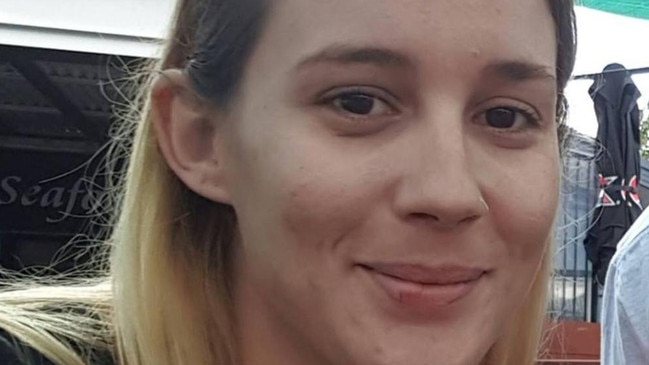
Newcastle
Don't miss out on the headlines from Newcastle. Followed categories will be added to My News.
A forensic pathologist has said distressing head injuries caused by “severe force” could have killed Danielle Easey “on the spot” as a former couple’s trial for her murder continues.
The body of Ms Easey, 29, was found in Cockle Creek at Killingworth south of Newcastle in August 2019, decomposing and with severe injuries.
Justin Dilosa, 34, and his then-partner Carol McHenry, 33, are facing a NSW Supreme Court trial after pleading not guilty to Ms Easey’s alleged murder at a Narara address.
Forensic pathologist Dr Allan Cala conducted the autopsy on Ms Easey’s body, which was found significantly decomposed, dressed in a PPE-style suit, and wrapped in plastic and a blue doona.

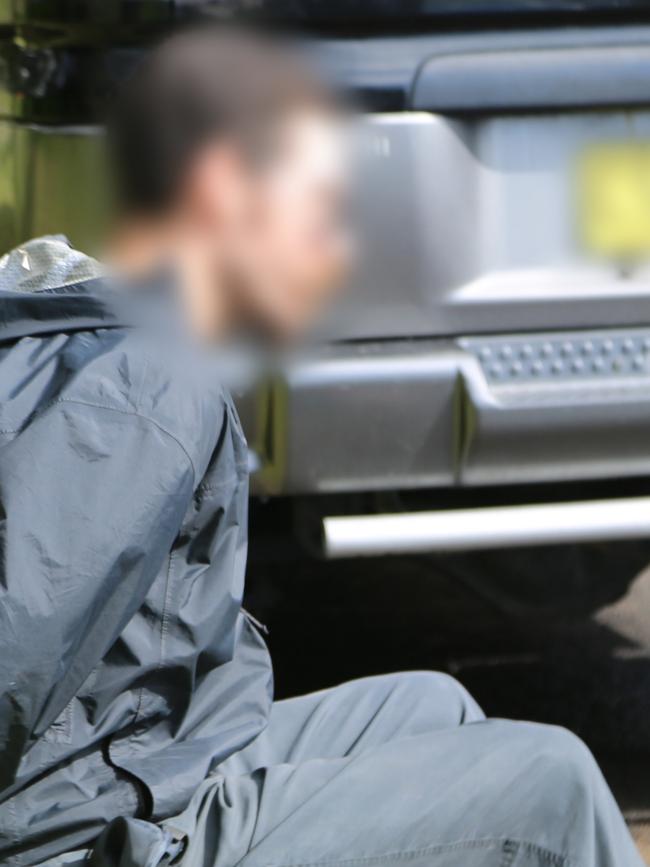
He has now testified one head injury in particular – a skull fracture – was so severe it may have “poleaxed” Ms Easey, causing her instant death.
“For an object to fracture the skull, to leave divots or excavations in the skull on the outer surface in the way, it’s severe force,” Dr Cala said.
“It would cause severe brain injury – the force which has been sufficient to fracture the skull has been transmitted inward to shock the brain.
“A person could be ‘poleaxed’ – killed on the spot as a result of this injury.”
Dr Cala said if Ms Easey had not been killed instantly, he believed she would have become unconscious within seconds.
“If that person wasn’t brought to medical attention within 15 to 30 minutes and treated, I would expect they would succumb to that number of injuries,” Dr Cala said.
“That’s what I would expect knowing what I do about the effect of these injuries to the skull and the brain.”
Crown prosecutor John Stanhope asked: “Without medical assistance, it’s not survivable?”
“I don’t believe so,” Dr Cala said.
Dr Cala said it had been impossible to examine Ms Easey’s brain in any detail due to the degree of decomposition.
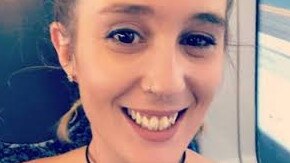
In his evidence before Justice Robertson Wright, Dr Cala also described two stab wounds and two “excised” wounds – which he said were more like a surgeon would make – on Ms Easey’s back.
“One stab wound went into the left side into the pleural cavity, or chest cavity, and it’s gone between the ribs and struck the top of the left lung,” Dr Cala said.
“The other has done a similar thing into the right lung.”
Jurors were warned by Justice Wright to put their feelings aside as the prosecution showed them graphic images of Ms Easey’s body, damaged both by decomposition and the serious wounds she suffered.
Dr Cala told the court he believed the stab wounds had likely occurred while Ms Easey was alive due to the presence of blood, but that the serious head injuries – including a “full thickness” 11cm-long, 4cm-wide laceration – were the likely cause of death.
The autopsy also revealed Ms Easey had the drug ice, the anti-anxiety medication diazepam – also known as Valium – and a prescription antipsychotic called Quetiapine, or seroquel, in her system when she died.
“Ice has a variety of effects from euphoria to causing hallucinations … diazepam causes a degree of drowsiness,” Dr Cala said.
“One might theorise one could counteract the other and there might not be any effect, and if she had been using those for a while she might have outwardly appeared quite normal.”
Dr Cala said he did not believe the drugs in Ms Easey’s system contributed to her death.
The trial continues.




